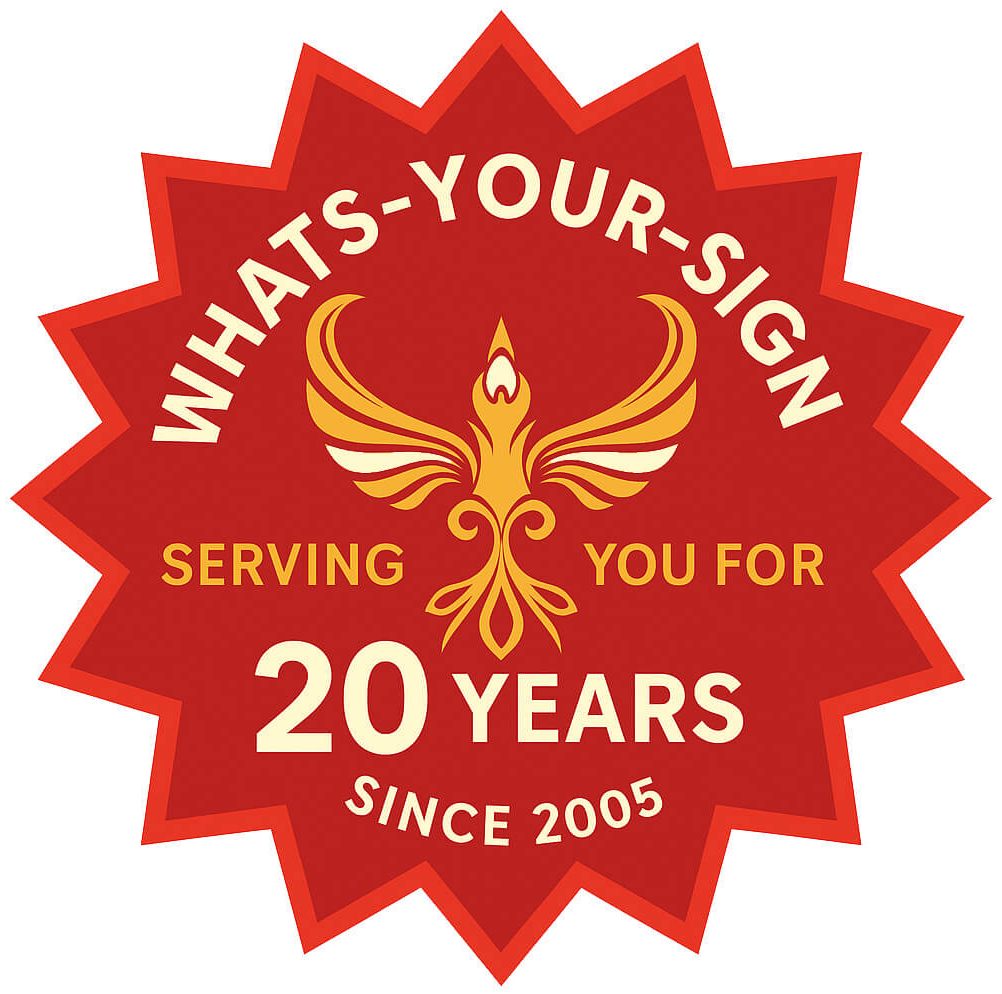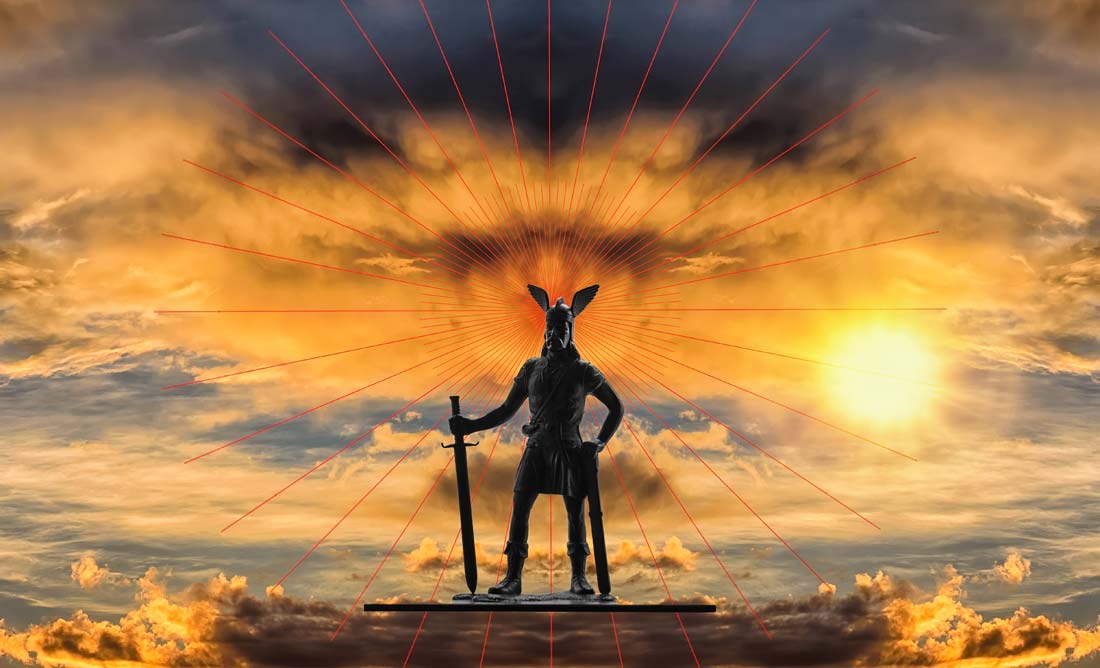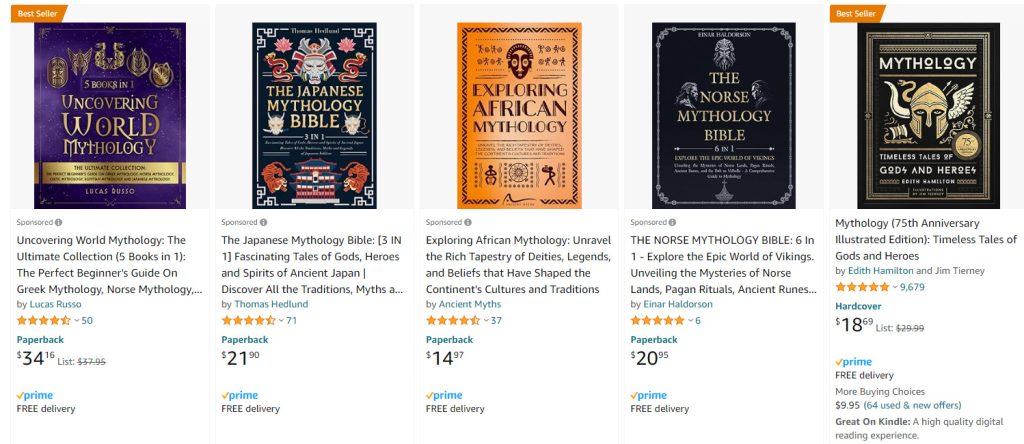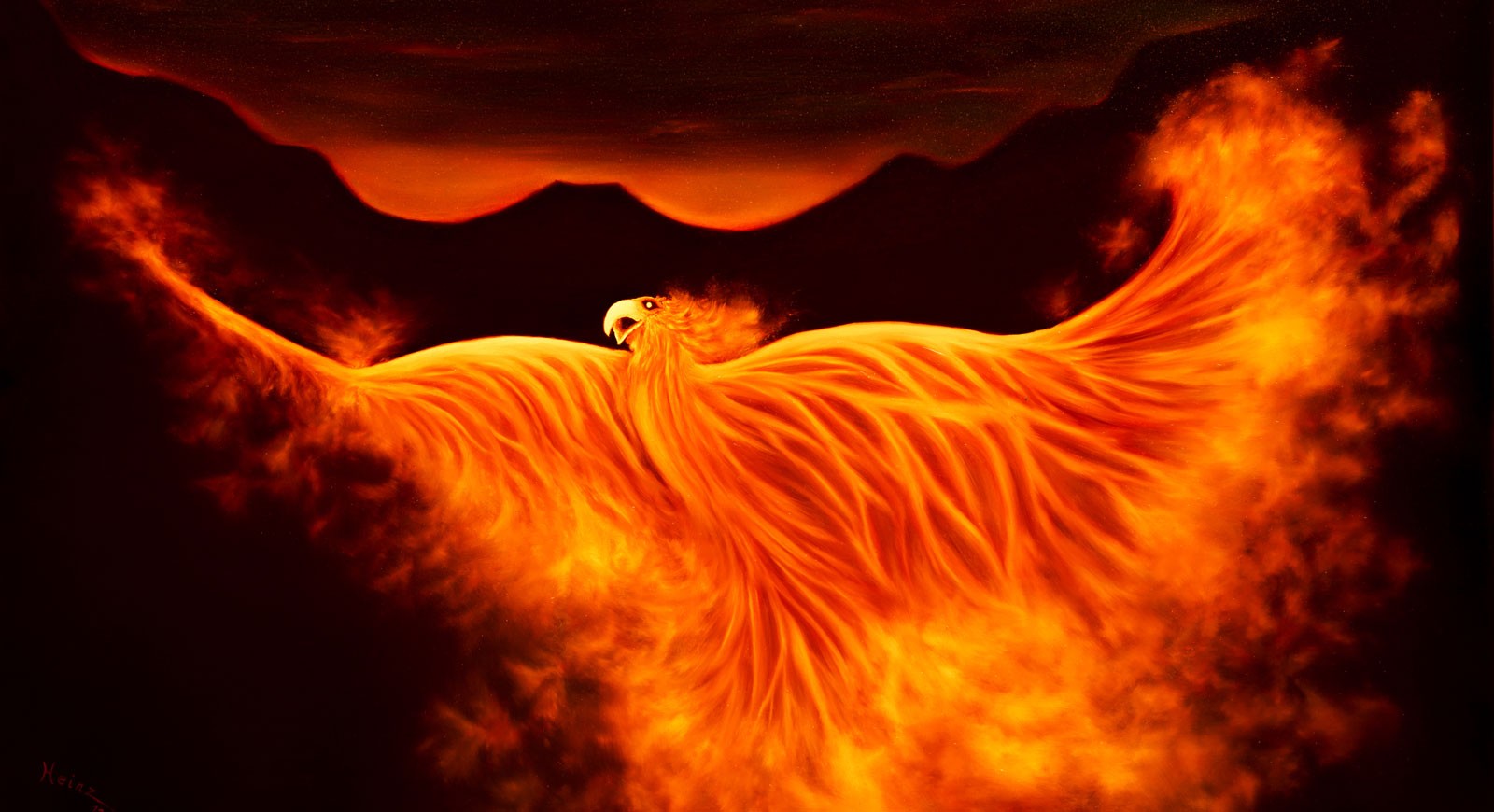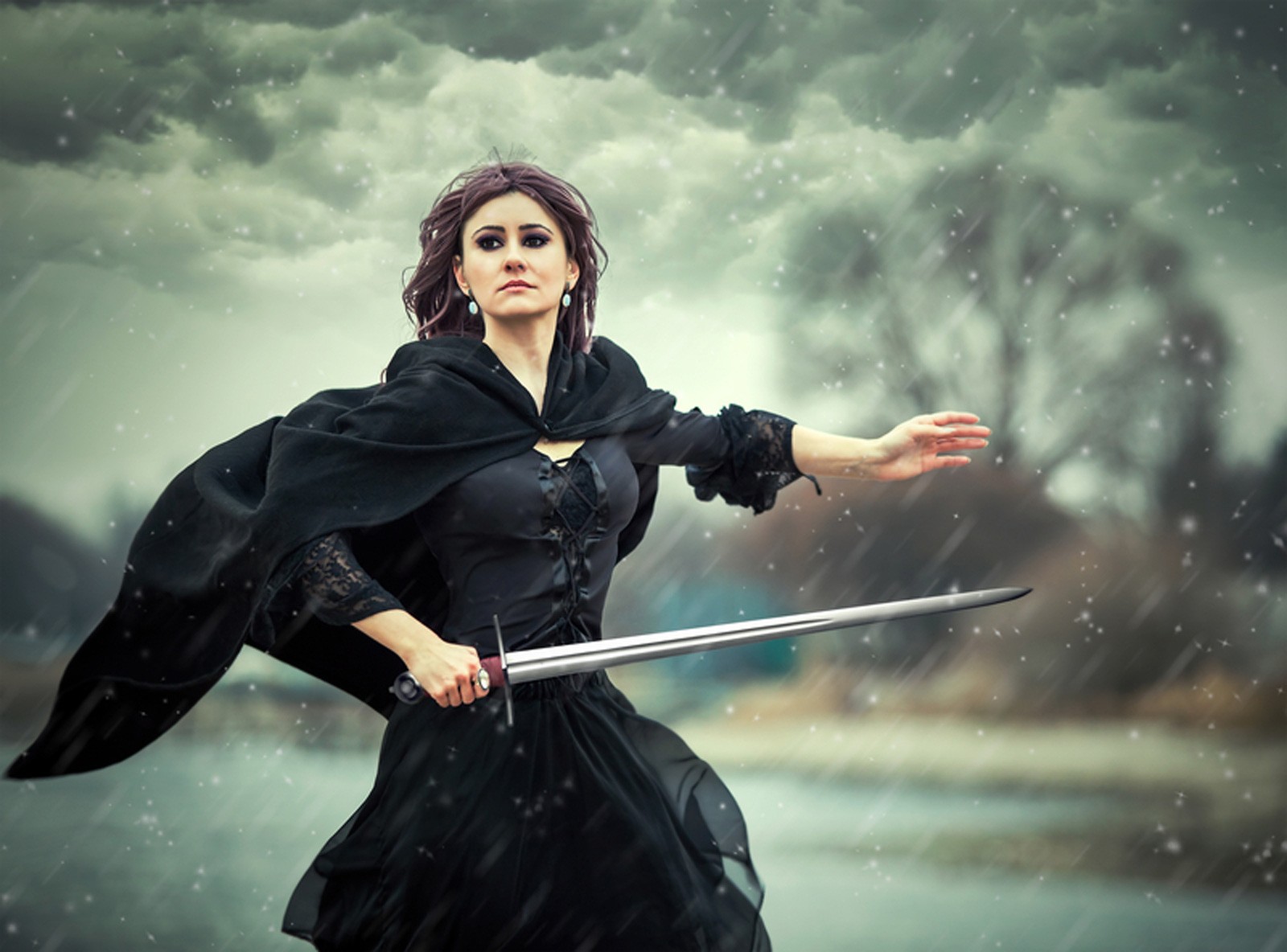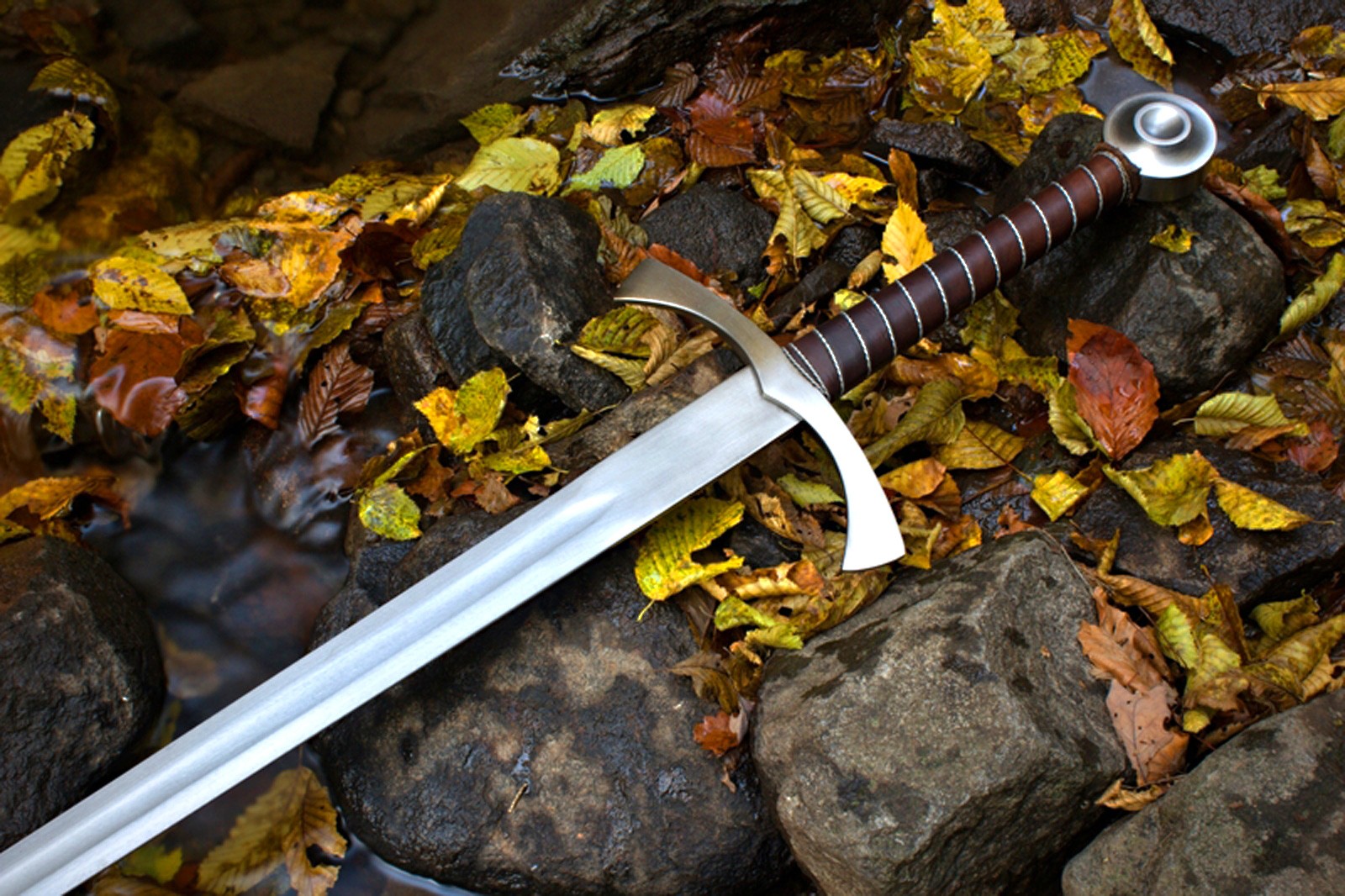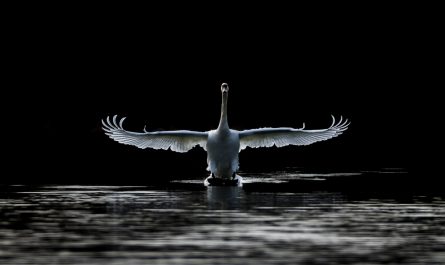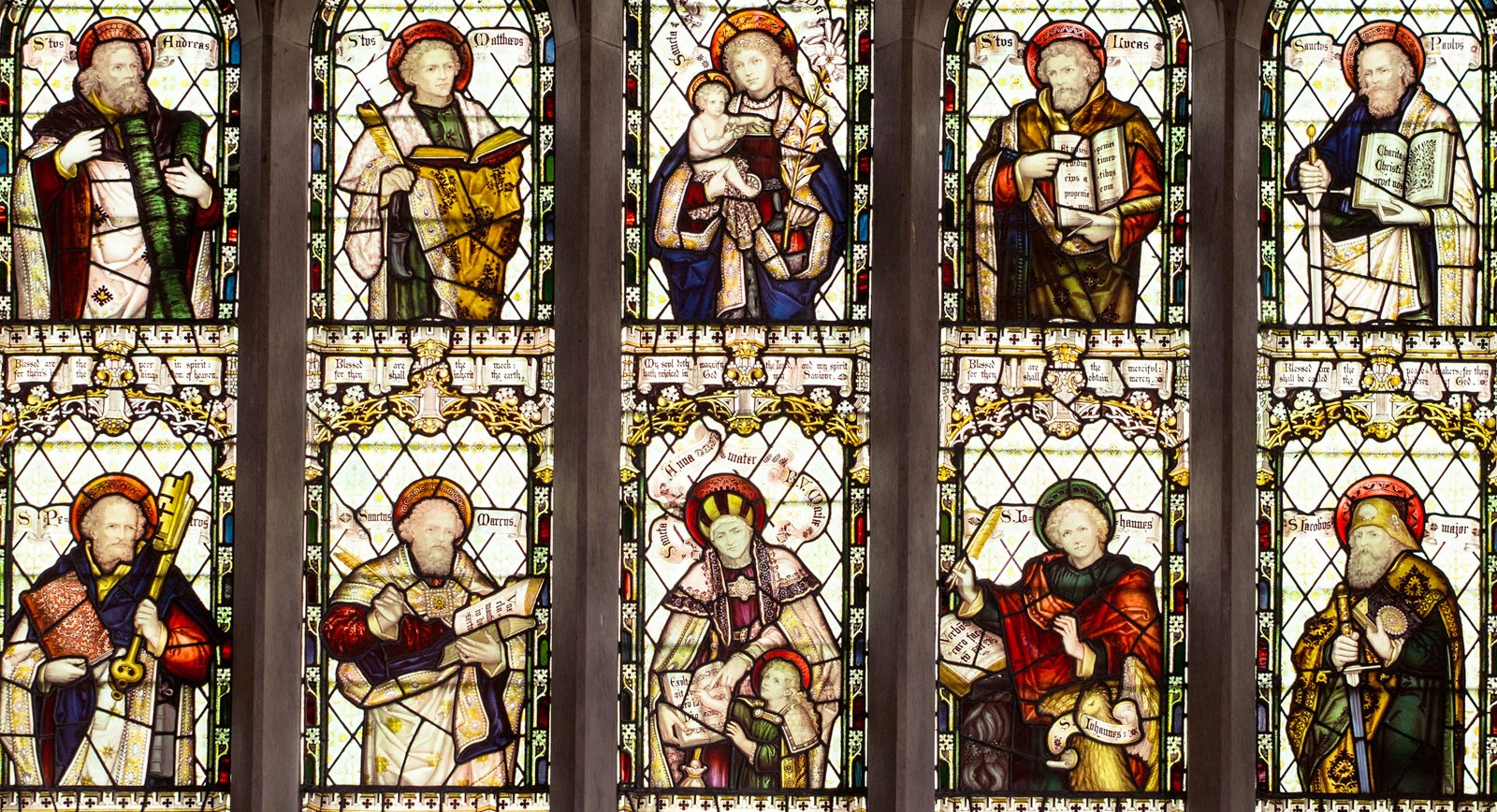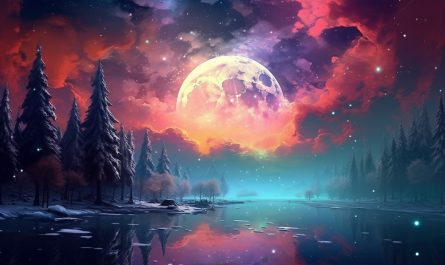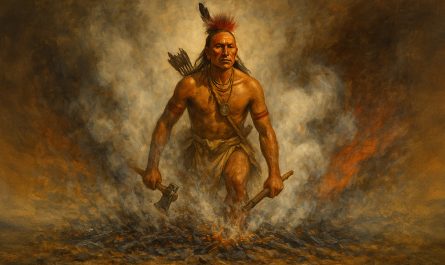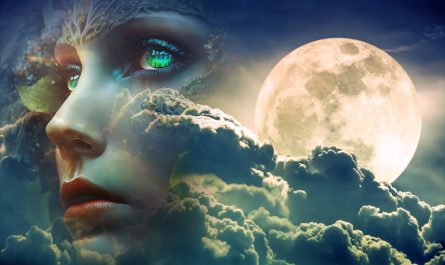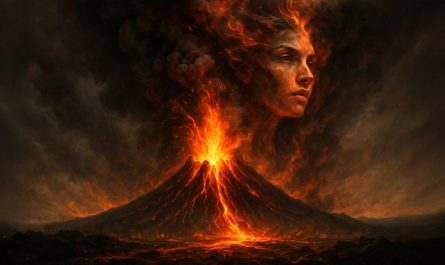Last Updated on December 4, 2024 by Avia
Exploring the treasures and seven Norse symbols from the dwarves: Once upon a time in Norse myth, there were seven precious and magical gifts presented to prominent Norse gods such as Thor and Odin. In Norse myth and legend, the dwarves were responsible for expert craftsmanship. They were commissioned by the gods to create incredibly powerful and enchanted tools to help the gods carry out divine destiny.
Table of Contents
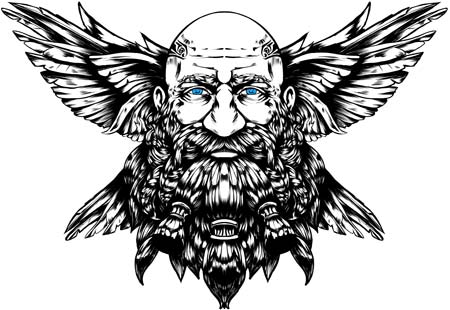
History of the Crafty Norse Dwarves
There are various accounts about the seven treasures created by the elusive and clever else of the Norse realm. More often than not, the tricky god Loki was a main character in these stories. Apparently, the dwarves were just as savvy and wily as Loki. In other words, it takes a trickster to deal with tricky dwarves. So, when a god like Odin wanted a powerful tool or weapon created by the dwarves, Loki was usually the negotiator to get the job commissioned.
The Norse dwarves were famous for creating unparalleled weapons, jewelry and other items imbued with extraordinary properties. There are two sects of dwarves mentioned in Norse myth – The sons of Ivaldi and dwarf brothers named Brokk and Eitri.
The sons of Ivaldi are a union of dwarf blacksmiths and craftsmen who were known for their metallurgic excellence. They are responsible for creating some of the treasured items in possession of Norse gods. But they had competition. Brokk and Eitri were brothers who preferred to work independently and were not a part of the Ivaldi dwarf clan.
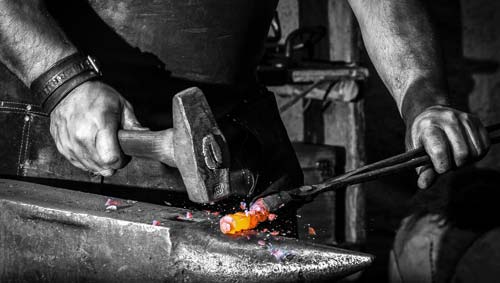
Our most important possession on any journey is wisdom
~ Hávamál
There are seven primary items created by Brokk, Eitri and/or the sons of Ivaldi. Over time, these seven gifts to the gods became more symbolic than literal tools or weapons. Here are the seven items, and how they became symbolic over time.
The Seven Norse Symbols -or- the Seven Prime Dwarf Treasures of the Norse Gods
It’s important to see these items in myth and their place in the Norse culture from a metaphorical or symbolic side. For each of the seven dwarf treasures given to the gods, I also note the meaning of each as Norse symbols.
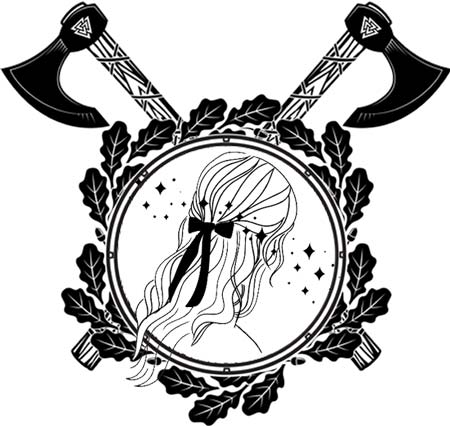
The Golden Hair
The sons of Ivaldi crafted a scintillating coiffure of gorgeous hair made of gold. It was a thing of extraordinary beauty. With all their skills with metals, minerals and tough materials, one might wonder why the Ivaldi clan be inspired to make a head of golden hair. Thank Loki for that. Thinking he would play a hilarious joke, Loki crept upon Thor’s wife Sif while she was sleeping and cut her hair off. When Thor found out, he vowed to break every bone in Loki’s body if he did not restore her hair. So, Loki went to the sons of Ivaldi and tasked with the job, they created a splendid head of hair from spun gold.
What’s your sign? What’s the symbolism? As one of the seven Norse symbols, it’s important to consider the meaning of the hair itself. For Norse-Viking people, hair was a big deal. Accounts reveal that the Norse kept their hair groomed well, and also kept long. According to the Poetic Edda written around the 10th century CE, the Norse considered hair as a source of power, intellect and status. Therefore, cutting one’s hair in this culture was almost like cutting away strength and status.
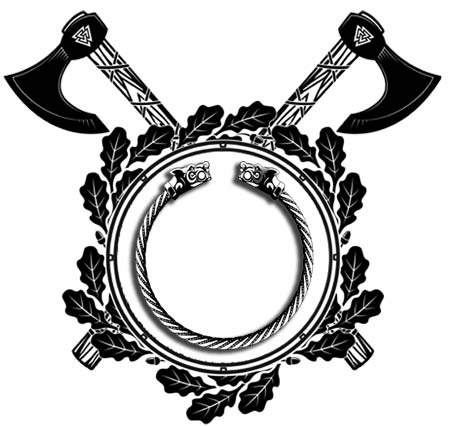
Draupnir
This is a powerful and sacred ring that was crafted by the dwarf brothers Brokk and Eitri. It was presented to Odin. The word Draupnir means “to drip“…it was named such because every ninth night from the day of its creation, the ring dripped or reproduced eight new rings. In other words, the ring forged by the dwarves was in constant state of regeneration.
What’s your sign? What’s the symbolism? Symbolically, the Draupnir ring represents the cyclical nature of time, life and reign of the gods. It was a symbol that says: “May your godly reign always be renewed, and may you always be refreshed with each cycle of life.” The ring also implies the essence if immortality. The ring continues to replicate, which is a parallel for the continuous (or immortal) replication of the gods, spirits and humanity over infinite chapters of time.
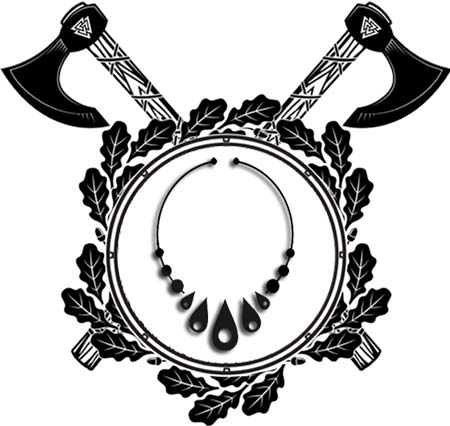
Brisingamen
In some accounts this is a necklace, in others it is a glistening torc (a type of metal ring worn around the neck, arms or ankles). Accounts vary as to the powers the necklace held. However, all accounts agree, the Brisingamen belonged to the goddess of love, fertility and battle known as Freya. The word Brisingamen relates to ‘fire’ or ‘glory’ in old Norse. Combined with Freya’s passion and the etymology of the name Brisingamen, several scholars deduce that the necklace had the ability to make the wearer of it undeniably desirable to all. In other words, the necklace had the power to enchant, seduce and render all powerless from passion.
What’s your sign? What’s the symbolism? Jewelry in the form of torcs, cuffs, rings or necklaces are Norse symbols of power and status. They are a sign of beauty, wealth, and often items that were coveted by many. These pieces were circular in nature, which enforced the concept of bonding or binding that which is wanted (like drawing a circle of power). In many rituals a circle is formed in order to ‘seal a deal’ or galvanize a connection with a pact, spirit, god/goddess or another human. As some accounts indicate the Brisingamen necklace was enchanted to induce love, loyalty and passion – we might deduce the torc/necklace was a way to solidify the bond in relationships (spiritual, physical, divine).
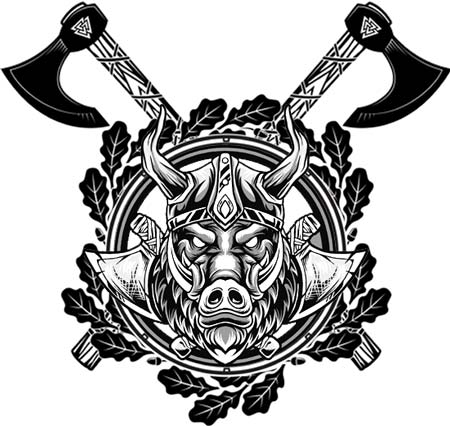
Gullinbursti
This is a golden boar that was created by the dwarf brothers and it was rumored to run faster than any creature in Asgard. This magical pig was born from a wager Loki had between Brokk and Eitri (the brothers who contributed to the seven Norse symbols or gifts to the gods/goddesses). Loki challenged the brothers that they could not make any better creation that the sons of Ivaldi could create. Never ones to balk from a challenge, the brothers Brokk and Eitrie set to the task of devising a glorious boar fit for the goddess Freya. This boar glowed in the dark, and had magical powers of sniffing out treasure in the deep, dark forests of the Norse realm. Gullinbursti ended up being a beloved gift to the Norse goddess Freya and in some accounts she was known to ride the boar on full-moon night rampages…moving wildly upon the feral beast while its course fur glowed in the dark.
What’s your sign? What’s the symbolism? The boar is a powerful symbol of strength and determination. It is also a warrior symbol. When our ancient ancestors encountered a boar it was a sign of fierce commitment to a plan of attack, or a plan for forging forth with extreme commitment. The boar was highly regarded in Norse culture because it took no guff from others and it would never submit to territorial wars. As a protective and sometimes warring people, the Norse respected the boar for its epic ability to defend, protect and fight to the death (if need be) to guard all it held sacred.
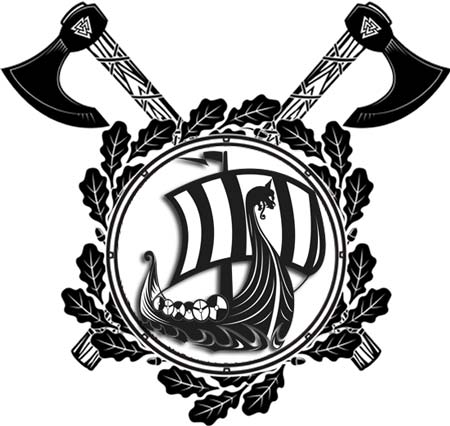
Skidbladnir
This is a grand and magical Norse ship crafted by the sons of Ivaldi. As the Norse myths go, this ship could magically transport its passengers to any location they desired. It was meant as a gift to Freya. The tales say she could fold the ship in her hands and place it in her robes…like a miniature origami version of its larger self. When Freya wanted to set sail, all she need do is pull out the mini Skidbladnir from her robes and breathe upon its tiny sails. Then it would grow to a massive and mighty ship that could sail the most turbulent seas to whatever destination Freya commanded.
What’s your sign? What’s the symbolism? As you probably know, the Norse were a transient folk. Not nomadic…but certainly not sedentary. They liked the lusty opportunities of travel, and they were expert seafarers. In much of the ancient Norse remains, we find ships etched upon stone and even bits of nautical remnants in burial grounds. The sea was something that rendered symbolic meanings of freedom, exploration and opportunity. The Skidbladnir is a symbol of conquest, discovery and extreme potential. Consider a boat that is available all the time…teenie-tiny and always in one’s pocket when needed…always a vehicle for exploration. It is a symbol of total freedom and expansion.
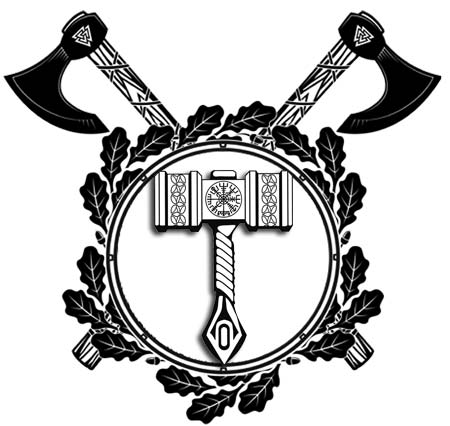
Mjölnir
Thanks to the Marvel Studio film Thor (2011), many of us are familiar with the enchantments of Thor’s hammer, Mjölnir. As with all the other Norse symbols / treasures, we find Loki is in the mix during the making of Thor’s hammer. Loki made a bet with the dwarf brothers Brokk and Eitri that they could not make a better treasure than the sons of Ivaldi. Knowing full well they could, they set to make the magical Mjölnir for Thor. Loki hated losing, so he hedged his bet by changing himself into a fly. He then set about distracting Brokk as only an irritating fly can do, and even bit at his eyelids as he was forging the hammer. Eitri and Brokk worked on, undeterred…well…mostly…Brokk briefly paused working the bellows while he swatted away Loki the fly. As a result of this slight pause, the handle of Thor’s hammer was a bit on the short side. Nevertheless, Mjölnir retained its extraordinary powers.
What’s your sign? What’s the symbolism? Among the seven Norse symbols, Thor’s hammer is perhaps the most impressive. As we might assume, the hammer is symbolic of power, authority, and victory in battle. Because Thor used the hammer to as a weapon of defense, protecting gods and humans from the destruction of giants – we might also say the hammer is a symbol of righteousness. As Thor used his hammer to make things right, the Mjölnir is also symbolic of order and establishing harmony where there was once chaos. Interestingly, the hammer is also a symbol of loyalty. The hammer was known for always returning to Thor’s hand. In one myth, a tyrannical giant named Thrym stole the Mjölnir and hid it deep beneath the ground. The theft came to no avail, as Thor (with Loki’s help) was soon reunited with his enchanted hammer. This implies a symbolic message that may go like, “With a pure heart, the treasures we deserve shall always return to us.”
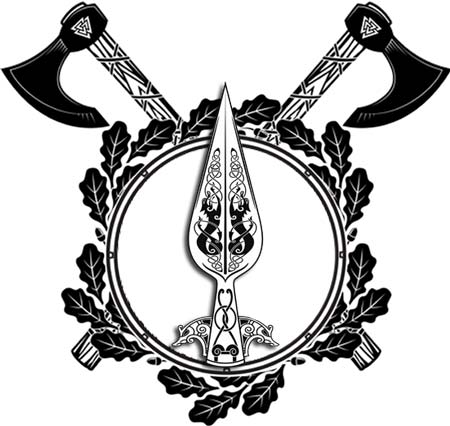
Gungnir
This is a mighty spear that was created by the dwarf sons of Ivaldi as a gift for the god Odin. It was said that once thrown, it would always hit its target. Odin is often featured holding onto the Gungnir in a myriad of texts and artworks. Some writings claim there are rune Norse symbols are carved into the tip of the spear, enhancing its magic and ensuring its accuracy. Interestingly, it was a Norse common practice to carve rune designs at the end of staffs and spears as protection and enchantment.
What’s your sign? What’s the symbolism? In Norse symbology (and in many other cultures) staffs, rods and spears represent the concept of “straight and narrow” – the spear is a symbol of purity and focus. As its aim is always true, the spear (much like Thor’s hammer) is also a symbol of integrity and righteousness. It is also a symbol of focus. Some myths indicate the spear served as a type of conduit, with the ability to harness energy from the atmosphere (lightning) to increase its power and magic.
Final Thoughts About the Seven Magical Norse Symbols: Treasures of the Gods
Whether you are a follower of Norse myths or not, you’ve got to admit these treasures of the gods make a pretty impressive septet. I really appreciate the idea of viewing these treasures on a symbolic level. Why? Because as symbols, we as mere mortals can imbue a bit of their magic and power. That’s what I love about symbolism…we can embrace the power of symbolism in our hearts and utilize deeper meaning to enhance our lives.
I hope you enjoyed this article on the Norse mythic and magical items. Be sure to check out the links below for related articles you might be interested in.
Mighty brightly,
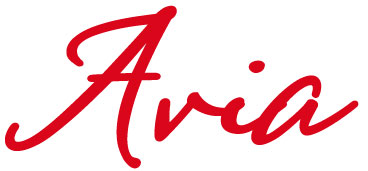
© Copyrighted. All Rights Reserved.
Go the Distance & Unveil More Mythology With These Amazon Selections
Other Articles of Interest on This Website
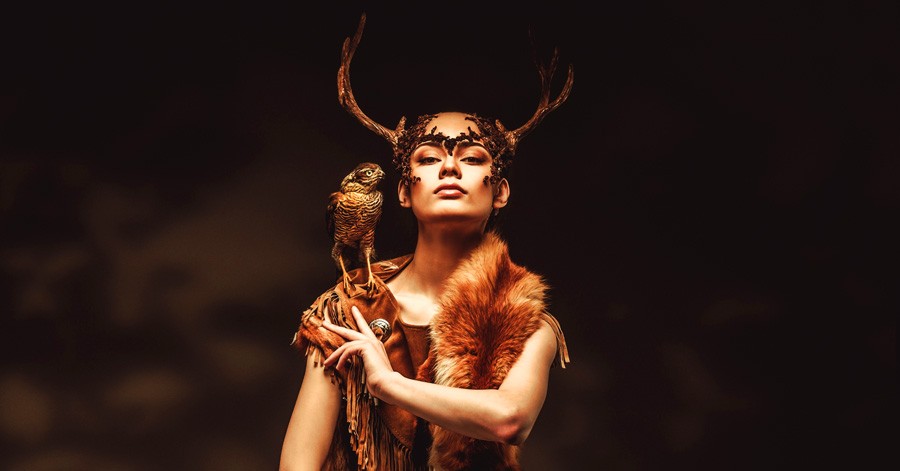
God and Goddess Symbol Meanings
Symbols were commonly assigned and attributed to gods and goddesses of ancient times. Why? Because each deity rules large-and-in-charge over a specific domain. Get more symbols for gods and goddesses here.
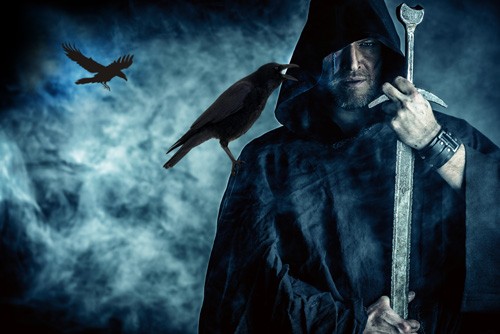
Norse Symbols and the God Odin
Odin is a father-god as well as a sun god. His association with the sun makes him a light-bringer, a creator, a passionate leader whose destiny simply must shine brightly. Get more about Odin and his symbolism here.
